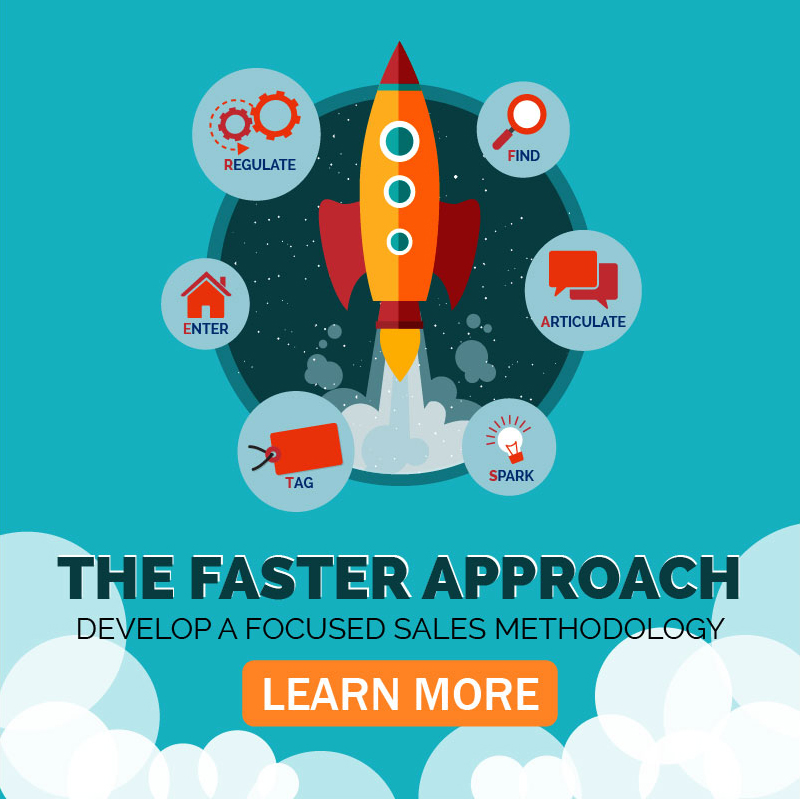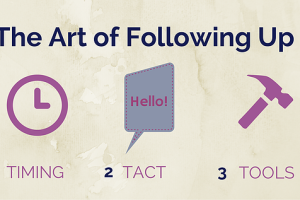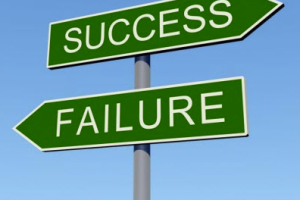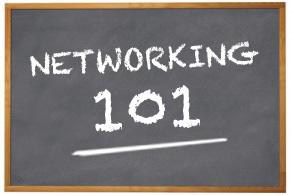The sales negotiation process is a salesperson’s opportunity to meet three critically important objectives: establish a relationship with the buyer; remove risks that prevent a buyer from signing your contract; target a bigger sales package than the buyer originally expected. Here are a few tips to guide you through the process.
Make your company the buyer’s first choice.
Before a conversation about price ever begins, a successful salesperson needs to establish oneself as the buyer’s first choice. Let’s say the buyer likes the product, likes the salesperson, and most important of all, wants what the salesperson is selling. In such a leveraged position where the salesperson has what the buyer wants, the words “price premium” should be sounding off in your ears.
This is important to establish, as the most overlooked component of a successful sales strategy is the buyer’s risk. A simple way to achieve the leverage required to maximize sales opportunities is by asking questions that expose risk factors, which the buyer privately harbors but has not revealed. My ‘go to’ strategy here is to ask the buyer question that excludes price as a concern.
A question like, “Let’s say price is not a factor for your purchase, would our company be your first choice?” If the prospective customer answers, “Well, I am talking to at least one other company,” then the buyer has revealed two important sources of information the salesperson needs for a successful endgame in the negotiation process.
First, the buyer is not yet at a point where risk no longer impacts the buying decision. Therefore, it should be the salesperson’s decision that the buyer is not ready to negotiate price. Be advised that it is the seller that must make that determination. A buyer often protests and wants to begin negotiating price, but it is the seller’s responsibility to pivot the conversation onto other areas, until the buyer’s risk concerns are resolved.
Remember, it’s all about the customer. Until the customer sees the seller as a first choice, it is the salesperson’s job to defer price negotiations until the risks that deters a buyer from settling on a deal are abated. When that point is reached, the seller becomes the buyer’s first choice, and then, and only then, is it the time to talk about price.
Second, understand the buyer’s response as an opportunity to probe the customer further. Zero in on a buyer’s risk factors; explain how your product can minimize the buyer’s risks. Find out other reasons the buyer may be resisting a sales offering. Bottom line, until you are the customer’s first choice, do not negotiate price.
It’s all about the buyer; it’s not about you – at all.
As discussed, a buyer determines pricing value for a product or service by evaluating his own risk. Fundamental to negotiating strategies from the sales side is knowledge of the buyer’s risk – understanding the nature of that risk is the salesperson’s responsibility.
For instance, a successful salesperson will understand that the buyer has to consider the likelihood that a product or service may not fulfill the purchase order’s purpose. That can be a substantial risk component for the buyer preventing him from reaching a comfort level on price.
For example, the buyer may worry that your product or service will not perform as expected. When that risk exists, there can be multiplier effects that interfere with price negotiation and work against you as the salesperson. The buyer may have concerns about career-impact from a bad outcome, or fear that your after-sales commitments won’t be adhered to, creating endless problems for the buyer.
So clearly, there is a balance in the buyer’s risk issues for price negotiation. For one, the buyer may be facing risks from not closing a purchasing deal. Obviously, it is important to identify those risks, which then can become leverage to use in moving the negotiations forward to a successful conclusion.
The conversation should be all about identifying the buyer’s risks because those hidden risks are a critically important element of the negotiating process. Every time the buyer makes a statement, ask a follow up question – this keeps you in control. Conversations with the buyer are all about exposing buyers’ risks in order to address them directly. So long as there are lingering risks on the buyer’s side, there can be resistance to closing the deal, and difficulty in maximizing the seller’s best price.
One of my favorite tactics for addressing risk successfully is by explaining to the customer what your company is not promising. By identifying the market that you are not selling to, you reduce risks for the buyer by establishing a common ground that your company and his company share common boundaries.
Make your value proposition to the buyer clear.
Successful salespeople have the uncanny ability to reshape an idea (value proposition) into a new form or method that works for every encountered buyer. The basic notion behind “value proposition” is its appeal for the buyer. So once again, a conversation about value proposition is all about the buyer, not you (and certainly not your marketing department).
Of course, the requirement to understand a buyer in terms of any risks that impede sales closure is already established. Where a buyer is uncertain about what he is buying from your company, that in itself introduces risks. The sales negotiation process needs to be about reducing buyer risks, so it would be a major error from the salesperson by allowing uncertainty to persist, or worse still, by introducing more uncertainty into the buyer’s decisions.
Home Depot’s value proposition, “You can do it, we can help,” is an example of the clarity inherent in a productive value proposition statement. A salesperson can work with that marketing concept from the company’s value proposition, and by using one’s own words integrate it into the buyer’s needs. The salesperson can address risks from uncertainty for the homeowner who is tackling a new and challenging home improvement task for the first time.
Pre-disposed and present risk will both inevitably be resolved (if you want to be successful), but part of the sales message in an effective value proposition is its application to future value (future risk). A buyer wants a comfort – a feeling and confidence that he made the right decision in selecting the seller’s company.
Communicating the indirect value from a relationship with the company can be an important means for reducing risks (pre, present, future) that obstruct the buying decision. A selectively used tactic of mine, and one way to create minimize risk for the buyer is a little role reversal.
Once you have identified and addressed risks from the buyer’s point of view, and there remains a hesitancy to close the sale, offer the buyer the opportunity to write his own deal. It is surprising how often that proposal is better than the one your own company would write. But do so with caution – this has the opportunity to backfire as typically, like in cold calling, the first person to speak (or here – offer price) loses.
Your takeaway from these three rules to maximize the sales negotiation process is straightforward – as the salesperson, make it your responsibility to be on offense. Identify and then eliminate buyer-side risks that are obstacles to closing the deal. And once you do, keep doing it again and again and again.








